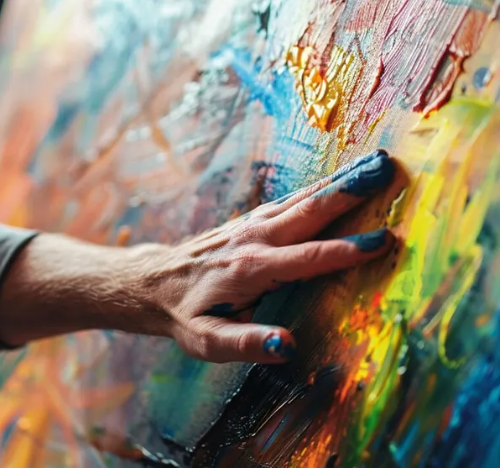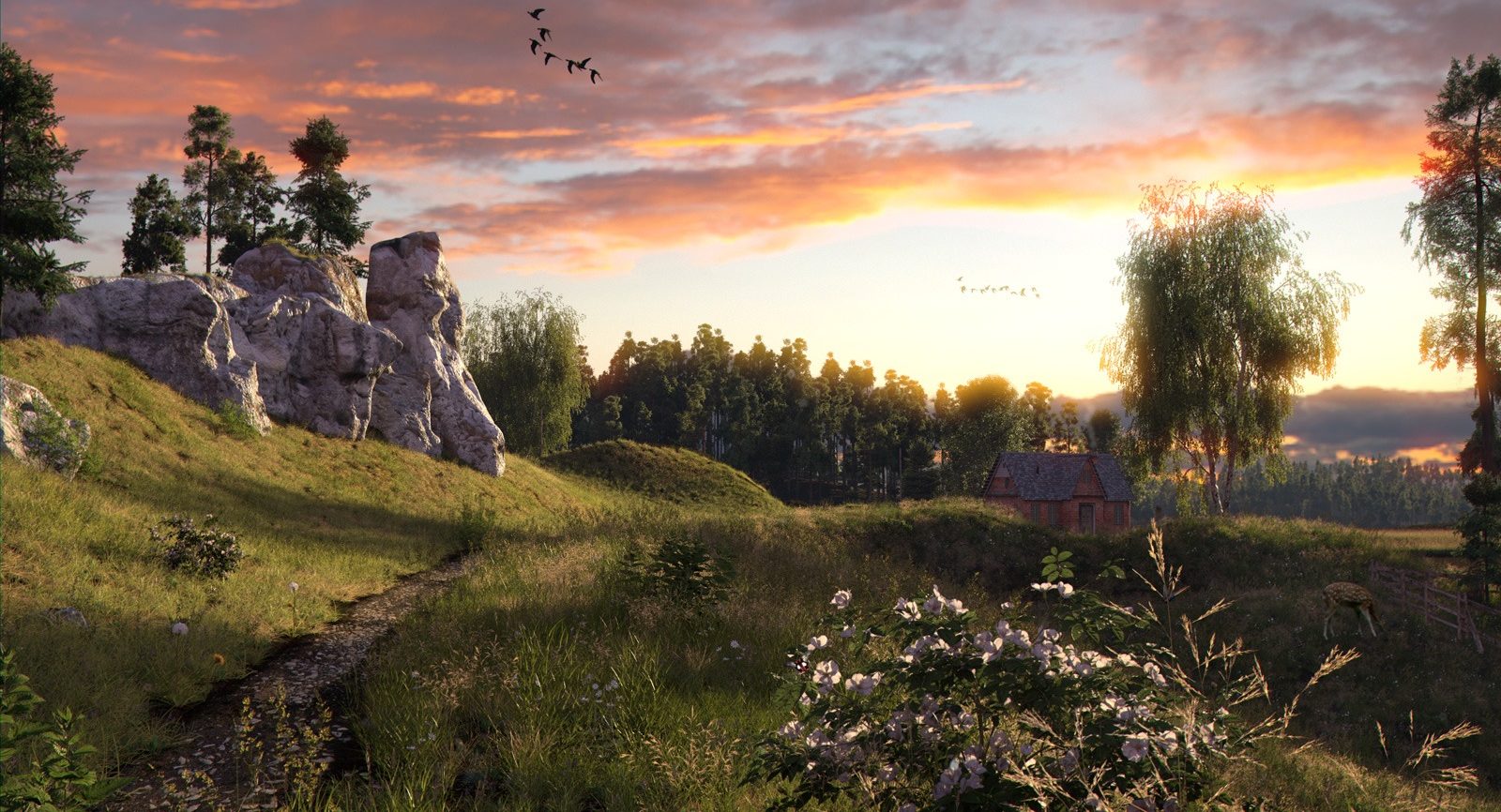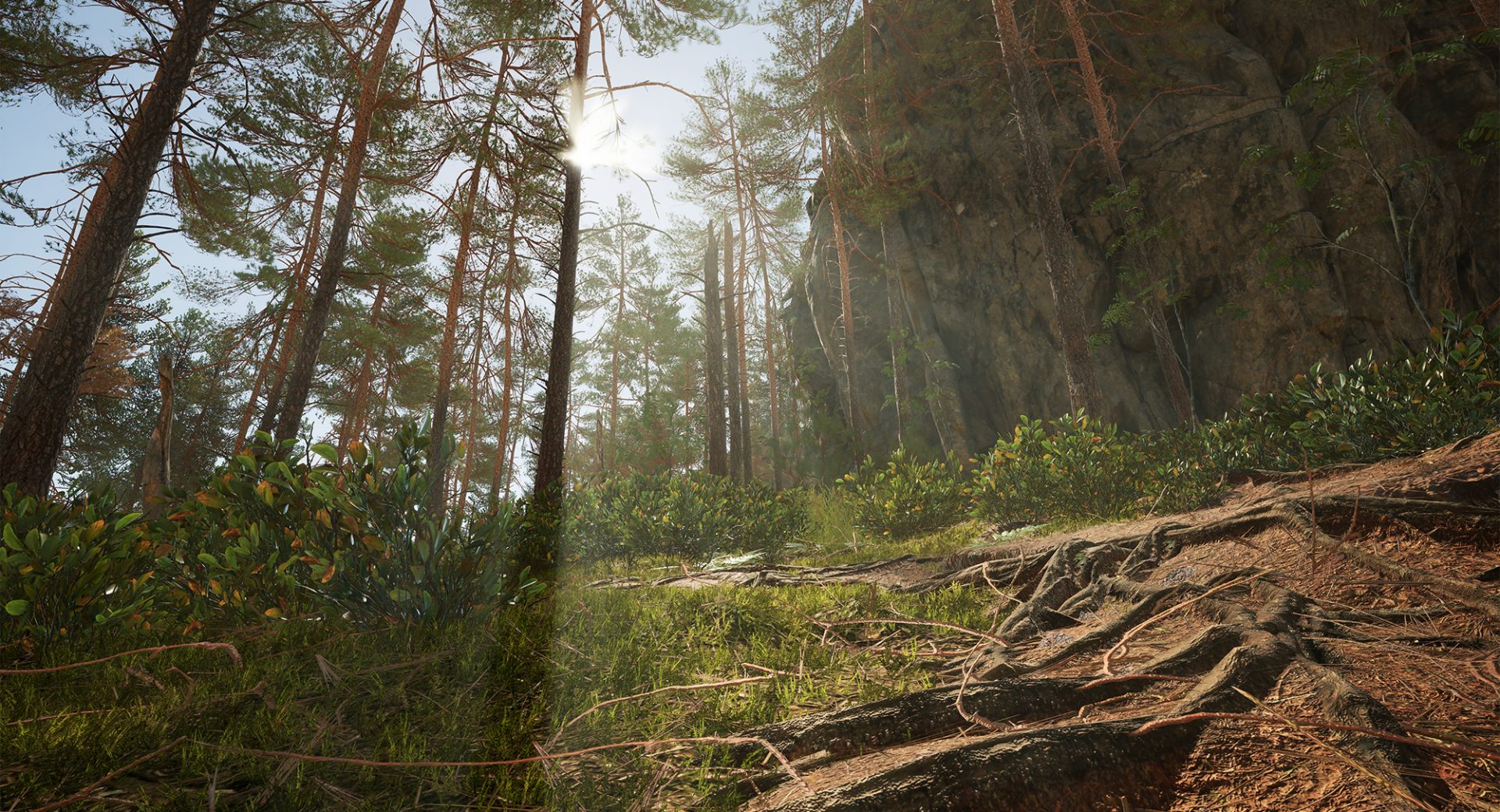Published on June 22, 2024 Uncategorized
Securing Human-Created Art

Challenges with the protection of Human-Created Art
As AI becomes more sophisticated, concerns about intellectual property rights, authenticity, and ethical use have grown. Here are some key challenges:
1. Digital Piracy and Copyright Issues: AI can replicate artworks with high fidelity, raising concerns about the unauthorized distribution and reproduction of digital art pieces.
2. Authentication and Attribution: Determining the authenticity of AI-generated art poses a significant challenge. Unlike traditional art, where provenance and artist signatures are crucial
for authentication, AI art lacks a clear creator and provenance trail.
3. Manipulation and Misuse: AI can alter images and videos convincingly, raising concerns about the potential for misinformation and the misuse of art for propaganda or malicious purposes.
Safeguarding Art with AI
AI developers and researchers are actively addressing these challenges through innovative approaches:
1. Digital Watermarking and Blockchain Technology: Developers are exploring digital watermarking techniques and blockchain technology to embed copyright information directly into digital artworks. Blockchain, with its decentralized and tamper-proof nature, can create a transparent record of ownership and authenticity.
2. Algorithmic Transparency and Ethical Guidelines: Establishing clear guidelines and ethical frameworks for AI art creation and use is crucial. Developers are advocating for transparency in algorithms used for generating and manipulating art to ensure accountability and trust.
3. Collaboration with Artists and Institutions: Collaborations between AI developers, artists, and cultural institutions foster a deeper understanding of the ethical implications and potential of AI in art. These partnerships can lead to guidelines that balance innovation with respect for artistic integrity.
Working together
The future of AI in securing human-created art lies in continued collaboration, innovation, and ethical awareness. As AI technologies evolve, so too must our strategies for protecting and preserving artistic creativity. By embracing transparency, ethical guidelines, and technological advancements, AI developers can help ensure that art continues to inspire and enrich societies for generations to come.
In conclusion, while AI presents exciting possibilities for the art world, it also requires careful navigation of ethical, legal, and technical challenges. By addressing these issues proactively, AI developers can contribute to a future where creativity flourishes in a secure and respectful digital landscape.
Artists, collectors, and technologists alike have a shared responsibility to preserve the integrity of human-created art in the digital age. As we harness the power of AI, let us remember to safeguard the essence of art—its ability to evoke emotions, challenge perceptions, and reflect the diverse tapestry of human experience.
Article Thumbnail, Unknown Photographer HERE





